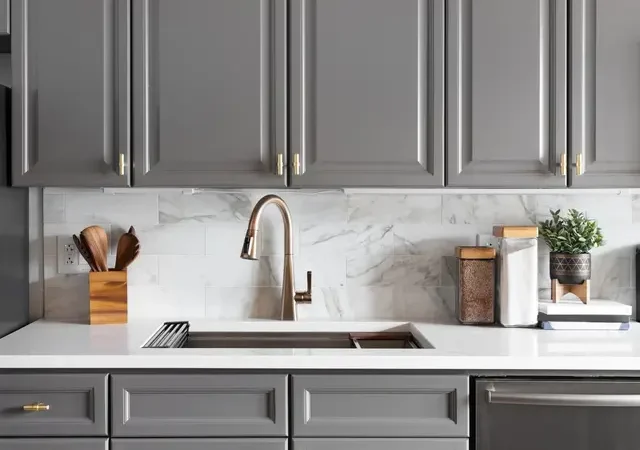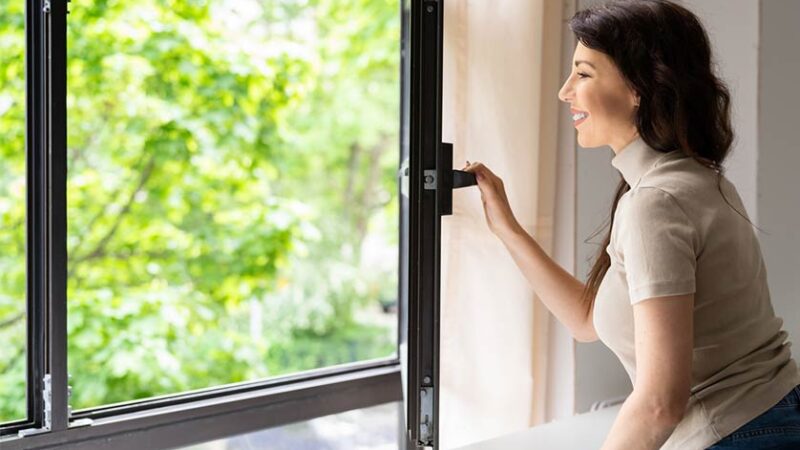Different Methods to Waterproof a Basement

Basements can be a great addition to your home – they provide extra living space and can even add value to your home. But if you don’t think properly waterproof the basement, water damage from flooding or seepage can lead to mold, mildew, discoloration, structural issues with the foundation, and more. To avoid these problems, it is important to waterproof your basement because it can help with mold and mildew and protect you from water damage. This blog post will introduce the different methods to waterproof a basement that are available today.
By reading this article, you will be able to decide what method would work best for your particular needs. So let’s dive in:
Methods of the basement waterproofing
1) Exterior waterproofing:
This is the most common type of basement waterproofing and involves installing a waterproof membrane on the exterior of the basement. This membrane will keep water from entering the basement.
2) Interior basement waterproofing:
This is slightly more complicated than exterior basement waterproofing. It involves installing a layer of plastic on the basement floor and using drain tile to direct water away from the basement.
3) Backer rods:
Backer rods are fragile pieces of foam that can be put into basement walls before sealing them with waterproofing material. This method is often used when exterior basement waterproofing is not possible.
4) Sump pump:
A sump pump is a device that helps remove water from the basement. It is installed in a special pit called a sump, and when water accumulates in the pit, the pump will turn on and remove the water.
5) Caulking:
Caulking can be used to fill in small cracks or gaps that might let water through. It will not fix any problem by itself but is good as a temporary solution until you can do something else.
Other basement waterproofing methods:
There are also basement waterproofing methods that do not fit into any of these categories. These include basement dehumidifiers (to keep the basement dry), basement drainage systems (to divert water away from the basement), and basement pumps (to get rid of water).
Conclusion:
All of these basement waterproofing methods have their advantages and disadvantages. It is important to choose the method that will work best for your particular situation. If you are unsure which method to choose, it is always best to consult a water damage services company. They will be able to help you evaluate your basement and find the best waterproofing solution.
They Have More Effective Equipment: When it comes to removing any water in your home and drying out any dampness, the equipment that a professional service uses will be a lot more effective at doing the job. Not only will they be able to fully remove any visible water and wet patches in your home, they’ll also have special equipment that can detect moisture in walls that you just wouldn’t know about by yourself. This can prove critical to the long-term structure of your home, and even your health as you don’t want mold building up that you aren’t aware of.
They Can Fully Ensure The Problem Is Solved: A water damage professional will have the necessary skills and experience to ensure that the problem is fully solved for good. If you are to dry the dampness out yourself, everything may appear to be fine but there may be underlying problems that you aren’t aware of. A professional service will be able to detect any underlying problems and ensure that the damage is repaired for good.
The Cost May Be Recouped From Insurance: Standard home insurance doesn’t cover all events of water damage, but it will cover some forms. It depends on your individual situation.






